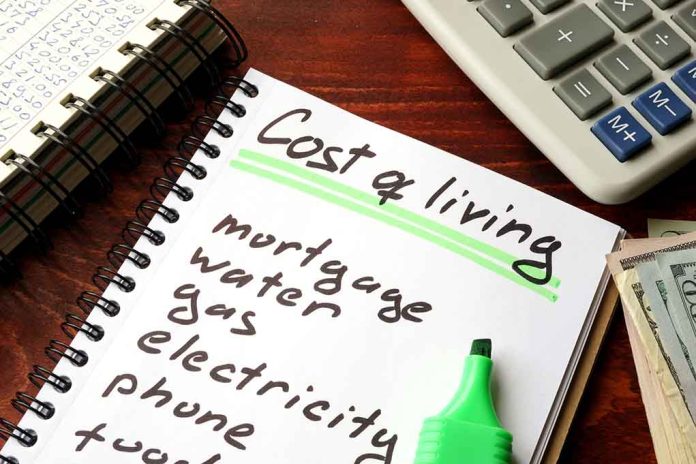
The former president has vowed to cut energy prices by 50% through an aggressive policy overhaul. Is it feasible?
At a Glance
- The US, now a net oil exporter, continues to shake up the global energy landscape.
- Donald Trump’s plan aims to reduce energy costs, boost production, and cut regulations.
- Environmental and feasibility concerns arise among critics and policy experts.
- Electricity prices have soared by around 20% since 2020, adding urgency to Trump’s proposals.
Trump’s Energy Vision: A Rewind to “Energy Dominance”
Former President Donald Trump believes he has the antidote to the nation’s climbing energy costs: a plan to slash them in half by bolstering domestic production, rolling back burdensome regulations, and promoting energy innovations. He articulates a vision grounded in his “America First” energy doctrine, aiming to re-establish the US as an energy superpower. Trump’s promise seeks to lighten the financial load on American families and businesses, even if it sparks controversies on the feasibility front.
The urgency of this initiative is underscored by escalating electricity prices, which have jumped by approximately 20% since 2020 — per US Energy Information Administration data. High electricity prices have further polarized the political landscape, with Republicans quick to attribute the surge to President Biden’s economic and climate strategies. Critics argue that policies and tax breaks aimed at clean energy are impractical if prices don’t stabilize soon.
Former President Donald Trump, in a major economic speech, said the centerpiece of his plan to reduce the cost of living for Americans is to slash energy prices by half within the first 18 months of him taking office.https://t.co/BGMStGeIcR https://t.co/1LZOXWyRn6
— NEWSMAX (@NEWSMAX) August 14, 2024
Environmental Concerns: Ignored or Valid?
Trump’s aggressive energy agenda is undoubtedly redrawing the global energy map. The policy entails boosting fossil fuel production, relaxing EPA rules, and scaling back renewable energy projects. The rollback of environmental regulations under Trump’s administration has been a boon to industries burdened with red tape. While this strategy may appeal to blue-collar workers and industry giants, it has drawn ire from environmental advocates who fear exacerbated climate change impacts.
“By the end of my term, America will have the No. 1 lowest cost of energy and electricity,” Trump said in West Palm Beach, Florida, last month. “We’re going to get energy prices reduced within the first year to less than half of what they are right now, and that’s going to bring down inflation.”
Trump’s pledges extend to reducing energy efficiency standards and halting offshore wind development, arguing that these measures limit consumer choices and inflate costs. The plan also involves lifting bans on drilling in federal lands and exiting international environmental commitments like the Paris Climate Agreement. Critics claim these moves are backward and disadvantageous in the face of a global shift towards renewable energy.
Realistic or Rhetoric: Can Trump’s Plan Deliver?
While Trump’s goals may resonate with economically-strapped Americans, the viability of such an ambitious agenda is up for debate. Transforming the US into a global energy titan isn’t a first attempt. During his administration, the shale boom turned the US into a top energy producer, an achievement credited to lowered global oil prices. Yet, advancing this plan unveils a complex web of challenges, including global market fluctuations, geopolitical tensions, and the inexorable shift towards low-carbon alternatives.
“Inflation is killing our country. It is absolutely killing us,” Trump said during the June 27 presidential debate.
Supporters claim Trump’s plan will lead to job creation, economic growth, and enhanced energy security. Detractors warn that environmental costs and the feasibility concerns of such a trajectory in today’s energy world could derail the benefits. Ultimately, how these measures unfold will indeed be a barometer for both the energy sector’s adaptability and the commitment to environmental stewardship.






















